An identity resolution platform can be a key tool to enable brand marketers to understand with confidence who their customers are and how to comply with the increasing patchwork of consumer privacy regulations. But how do you decide which platform is the right one for your organization?
For starters, once you have determined that enterprise identity resolution software makes sense for your business, spend time researching individual vendors and their capabilities by doing the following:
- Create and prioritize your list of identity resolution use cases, from essential to not necessary.
- Take your list of use cases and then do some research. Many of the vendors profiled in this report also provide blogs, e-books and interactive tools that can help.
- Make a list of the vendors that meet your criteria. Reach out to them and set a deadline for replies.
- Decide whether or not you need to engage in a formal RFI/RFP process. This is an individual preference, however, so be sure to give the same criteria to each vendor to facilitate comparison.
Explore platform capabilities from vendors like Acxiom, Experian, Infutor, Merkle and more in the full MarTech Intelligence Report on identity resolution platforms.
Once you have moved beyond those steps, begin reaching out for demonstrations. You want to set up demos within a relatively short timeframe of each other to help make relevant comparisons. Make sure that all potential internal users are on the demo call and pay attention to how easy the platform is to use, whether the vendor seems to understand our business and marketing needs, and whether they are showing your “must-have” features?
To further help you out, here is a list of 24 questions you can ask:
- Does the platform support first-party data onboarding?
- Can we incorporate any of our private customer IDs into the platform?
- Do you use a probabilistic, deterministic or hybrid approach to matching?
- How do you validate the accuracy of your deterministic matches?
- What match rate can we expect, given our vertical market and database size?
- How do you comply with privacy regulations and consumer choice?
- Do you own or license your referential identity data?
- What are your identity data sources?
- How do you validate the quality of your identity graph?
- How much of your data is addressable?
- How is your identity graph linked to offline PII?
- Do your identity capabilities apply to non-U.S. markets?
- How does the platform integrate with martech platforms (i.e., CRMs, DSPs, CDPs)?
- Does the platform feature any built-in data activation capabilities (i.e., personalized email or ad campaign execution)?
- Do you have APIs available for data import/export?
- What reporting do you provide that will document the ROI from our identity efforts?
- What kind of customer support is included? Can we pick up the phone to report problems?
- Will we have a dedicated account manager and technical support?
- Do you offer a proof-of-concept to measure potential performance and scale?
- Do you provide a self-service option in which we can manage identity data?
- What kind of professional services are available? And how much do they cost?
- How does the company handle requests for product modifications?
- What new features are you considering?
- What are the long-term roadmap and launch dates?
Good luck!
Get the daily newsletter digital marketers rely on.
Identity resolution platforms: A snapshot
What it is. Identity resolution is the science of connecting the growing volume of consumer identifiers to one individual as he or she interacts across channels and devices.
What the tools do. Identity resolution technology connects those identifiers to one individual. It draws this valuable data from the various channels and devices customers interact with, such as connected speakers, home management solutions, smart TVs, and wearable devices. It’s an important tool as the number of devices connected to IP networks is expected to climb to more than three times the global population by 2023, according to the Cisco Annual Internet Report.
Why it’s hot now. More people expect relevant brand experiences across each stage of their buying journeys. One-size-fits-all marketing doesn’t work; buyers know what information sellers should have and how they should use it. Also, inaccurate targeting wastes campaign spending and fails to generate results.
This is why investment in identity resolution programs is growing among brand marketers. These technologies also ensure their activities stay in line with privacy regulations.
Why we care. The most successful digital marketing strategies rely on knowing your potential customer. Knowing what they’re interested in, what they’ve purchased before — even what demographic group they belong to — is essential.
Read next: What is identity resolution and how are platforms adapting to privacy changes?




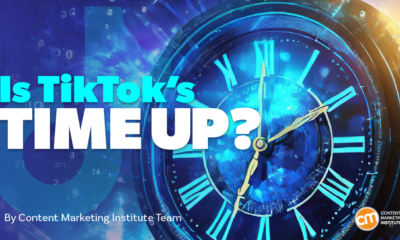



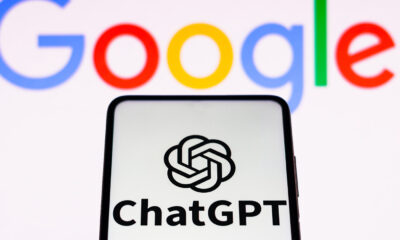

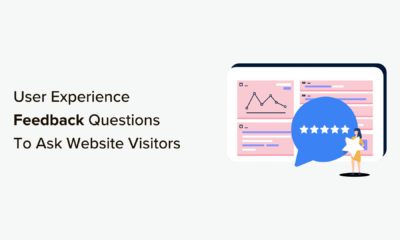





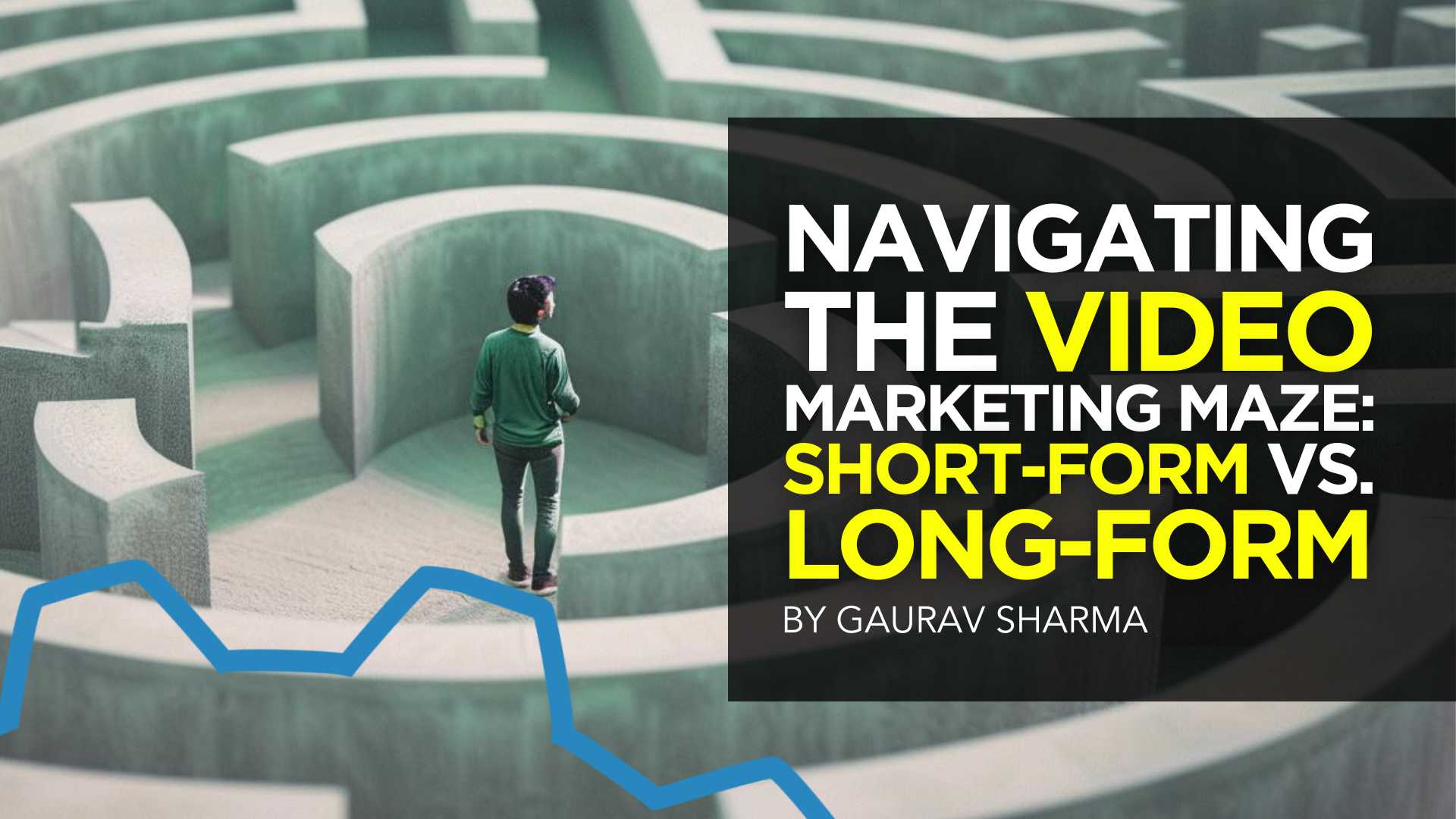

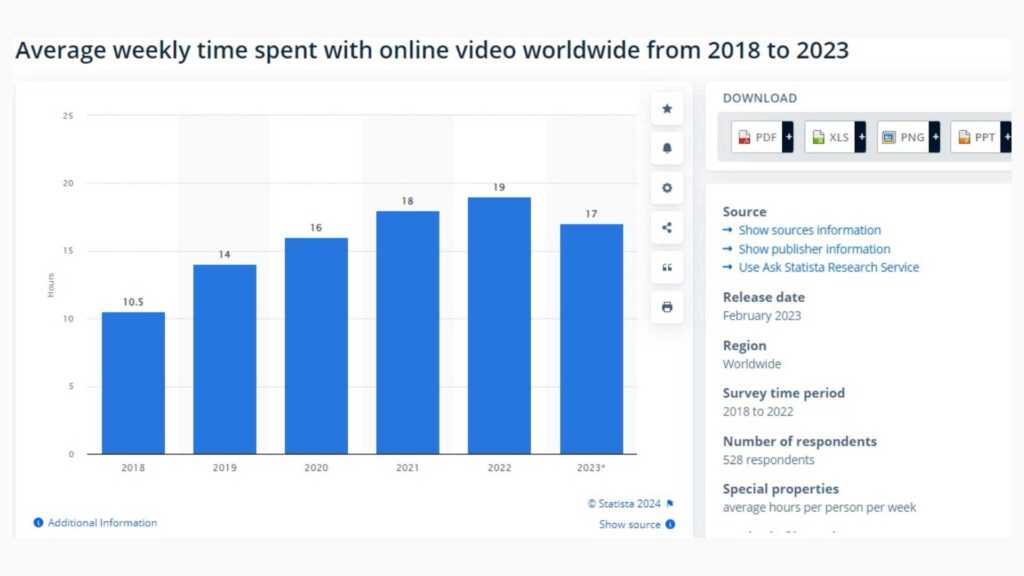
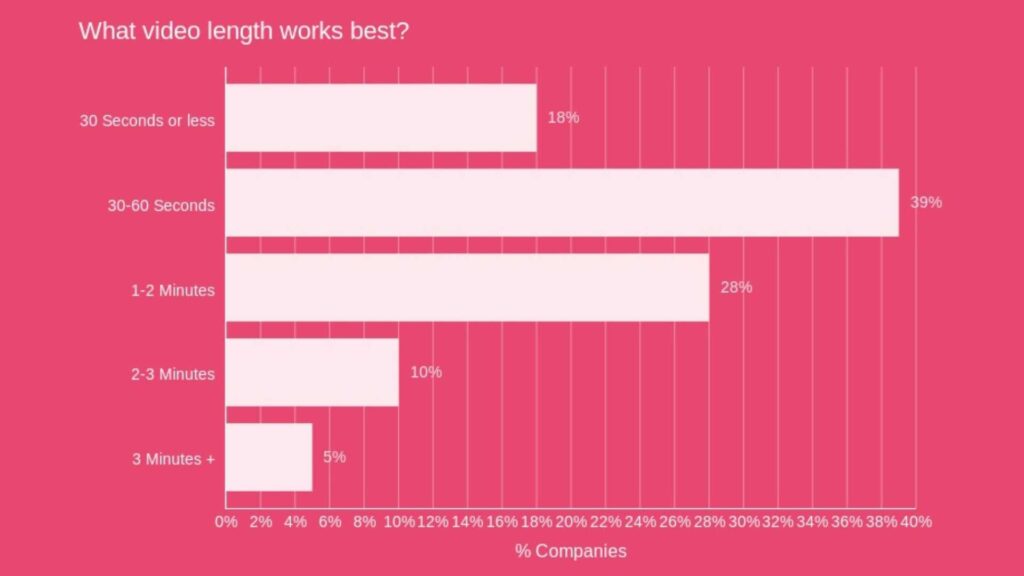
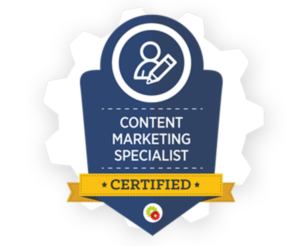
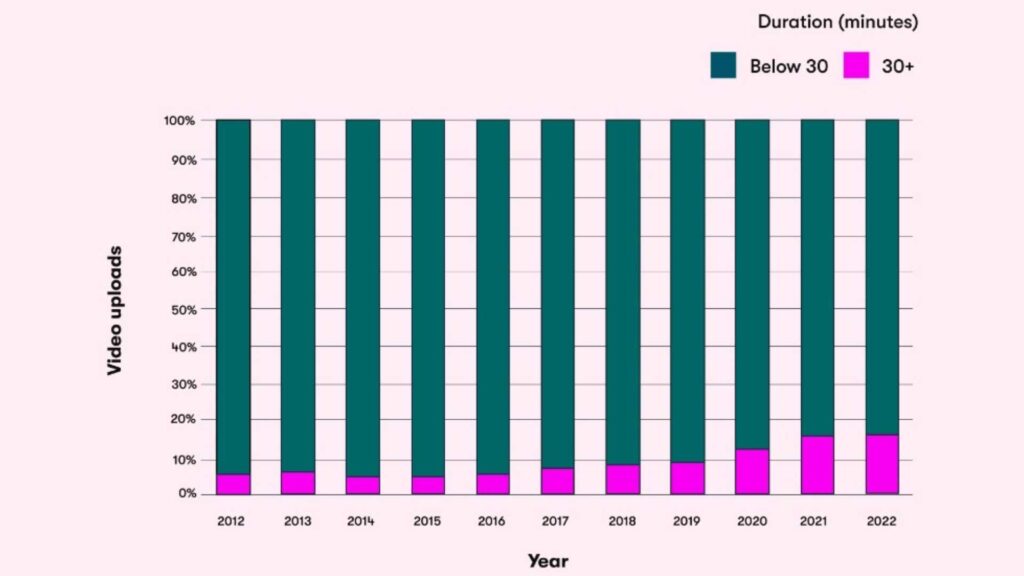


![The Current State of Google’s Search Generative Experience [What It Means for SEO in 2024] person typing on laptop with](https://articles.entireweb.com/wp-content/uploads/2024/04/The-Current-State-of-Googles-Search-Generative-Experience-What-It.webp.webp)
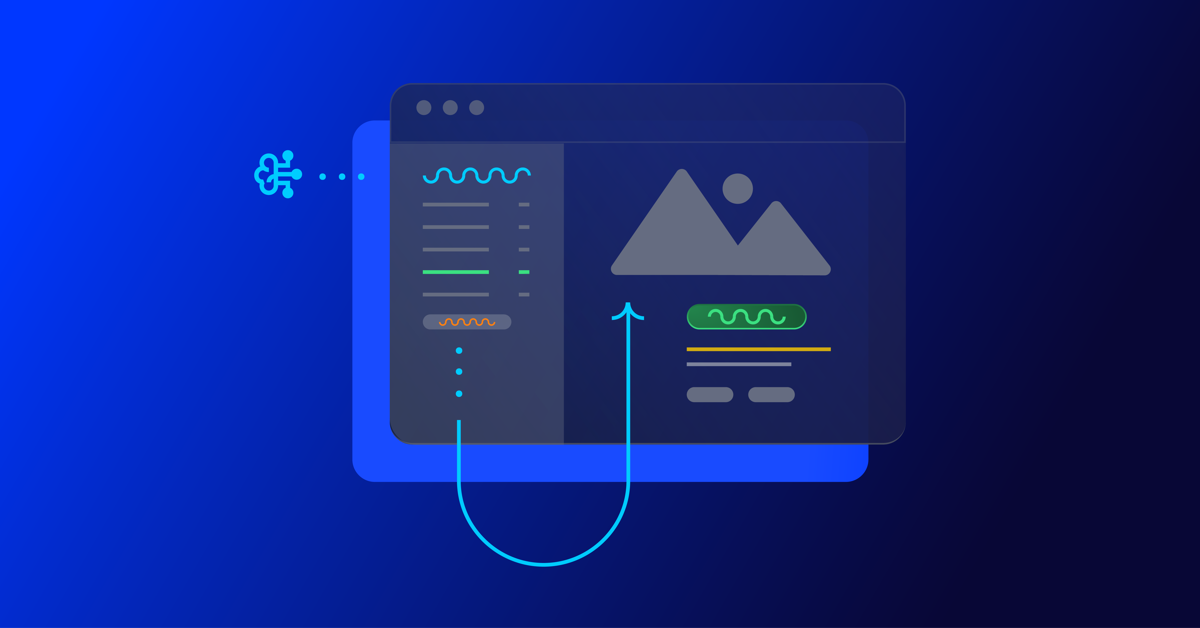
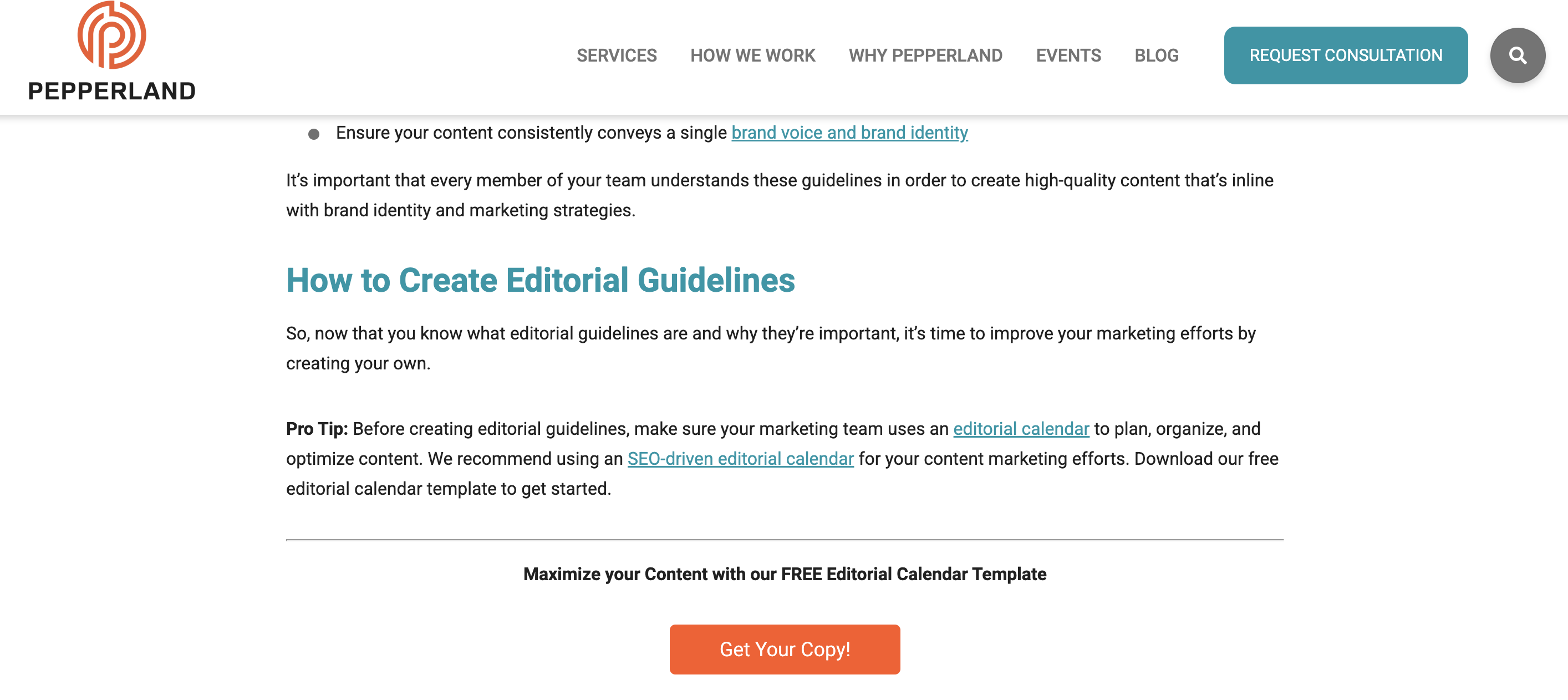
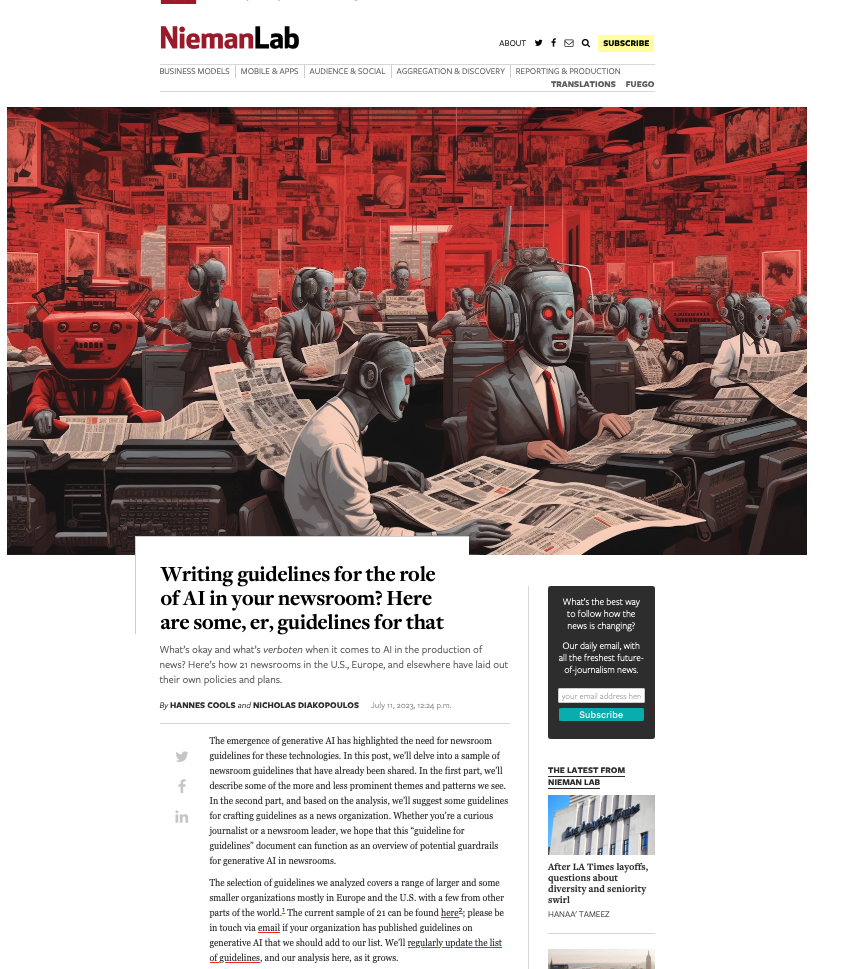
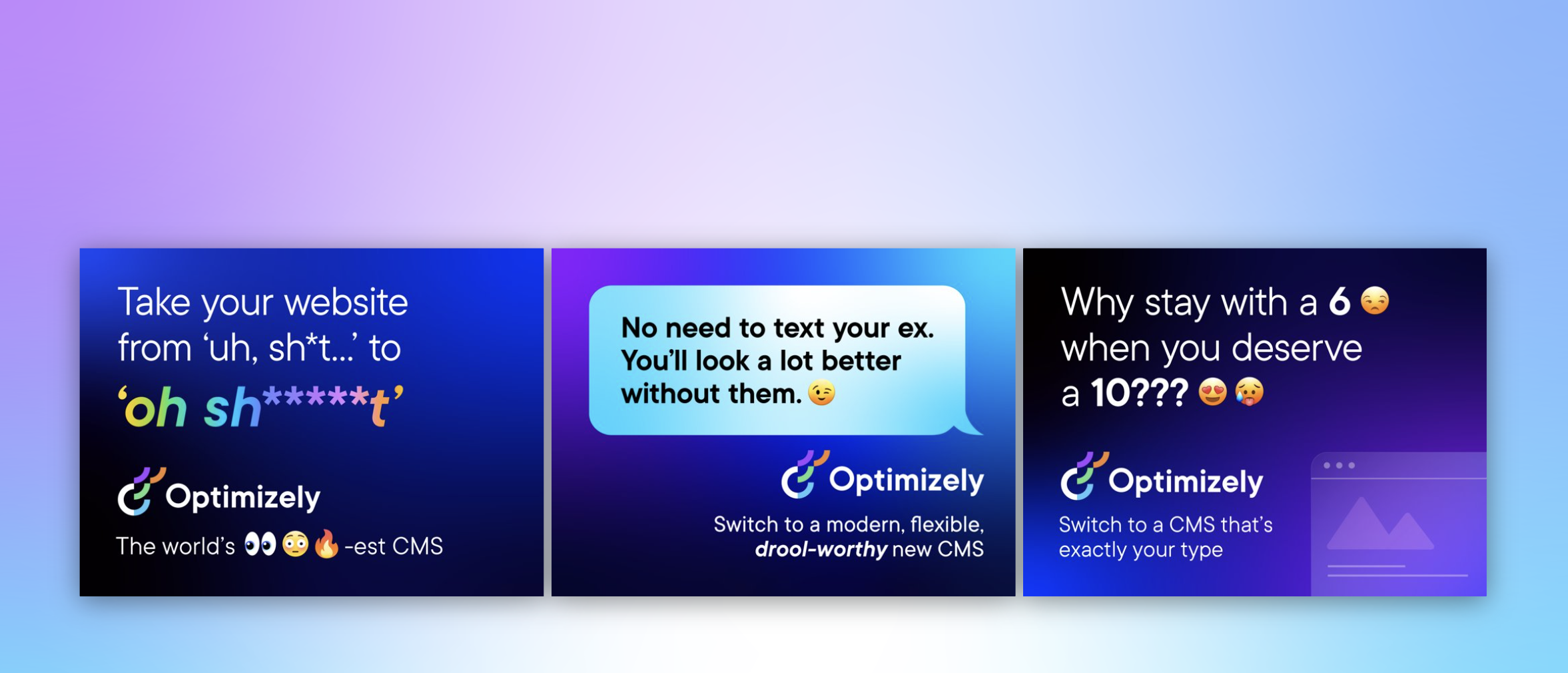

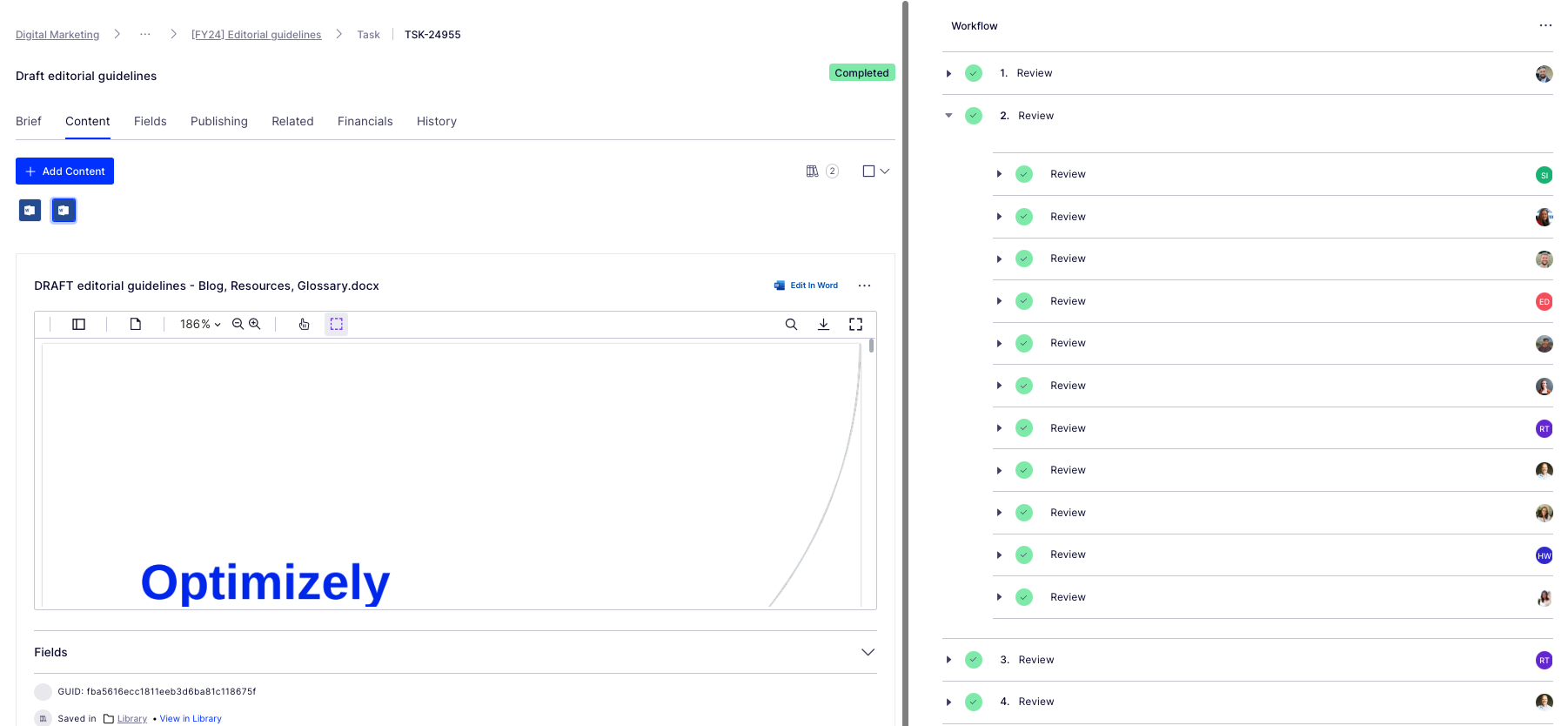
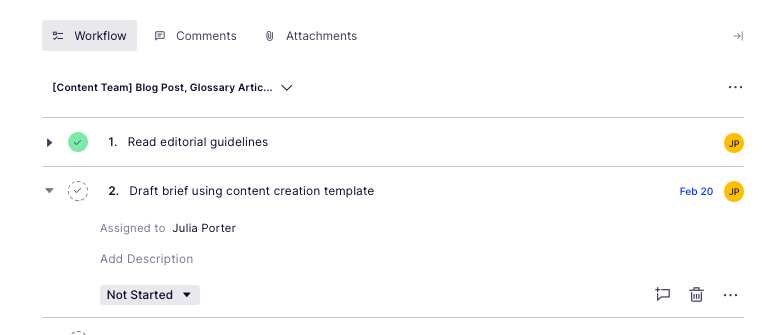



















You must be logged in to post a comment Login